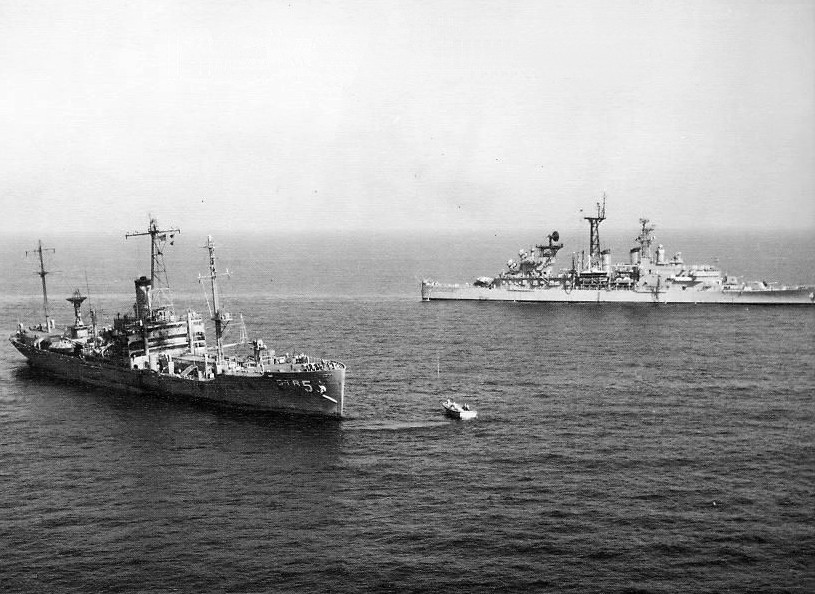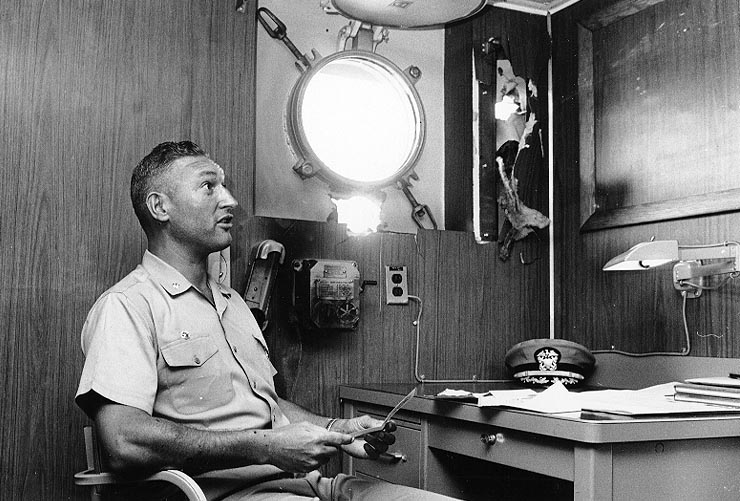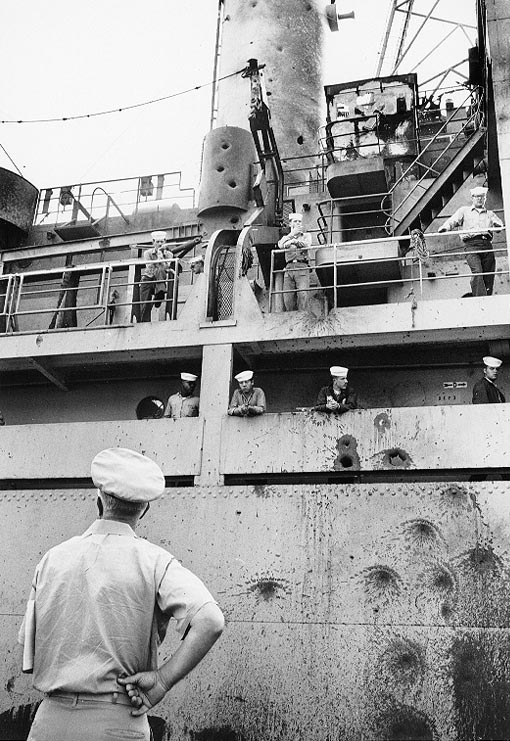
The attack on the USS Liberty by Israeli forces on June 8, 1967, remains one of the most controversial and mysterious incidents in naval history, despite occurring over half a century ago.

The assault, which resulted in 34 American deaths and 171 wounded, took place during the Six-Day War, at a time of heightened tensions in the Middle East.

The USS Liberty, an unarmed American naval vessel under the command of the National Security Agency (NSA), was intercepting communications off the Sinai coast when it was subjected to an intense attack by Israeli aircraft and torpedo boats. The violence of the assault was such that crewman Ernie Gallo, a communications technician aboard the Liberty, was thrown across the radio research room. In a tragic turn of events, the Liberty suffered heavy personnel casualties and material damage. A hole 39 feet wide at the bottom, and 24 feet wide at the top near the waterline, was opened by a torpedo, and most of the ship’s communications equipment was destroyed.

To this day, the full account of the circumstances surrounding the attack is shrouded in secrecy. The Navy Court of Inquiry’s investigation was held in closed sessions, and survivors received gag orders forbidding them to discuss their harrowing experience. However, the recent publication of classified documents, leaked by NSA whistleblower Edward Snowden, has shed some light on the attack’s aftermath, though they stop short of revealing the causes.

The released documents include an NSA classification guide from 2006, pointing to the involvement of the Government Communications Headquarters (GCHQ), the UK’s signals intelligence agency, in the ship’s intelligence activities. The specifics of this involvement remain classified, and as such, it is not clear if the GCHQ’s role was onboard the ship or through other means.

Moreover, the guide uncovers an NSA Hebrew transliteration system, indicating that while Israel was an intelligence target, it also acted as a key partner in signals collection for the United States. The inherent tension in this relationship is illustrated by the fact that aboard the Liberty, Hebrew translators were referred to as “special Arabic” linguists, ostensibly to conceal their monitoring of Israeli communications.

Significantly, neither the United States’ nor Israel’s investigations into the attack offer definitive conclusions, with both nations deeming the incident an unfortunate mistake. The Israeli Defense Forces’ preliminary inquiry has been described as “a nice whitewash,” and various theories have been proposed, including one that suggests the Liberty was attacked to conceal alleged war crimes committed by Israel during the Six-Day War. However, other experts and some survivors believe the attack was a tragic accident.

The incident has fueled conspiracy theories and demands for a more transparent investigation. The Liberty Veterans Association, comprising survivors of the 1967 attack, has been calling for such an inquiry for decades. Yet, half a century later, the profound psychological impact of the assault on survivors lingers, many of whom suffer from PTSD.

Despite the passage of time, the USS Liberty attack remains an enigmatic chapter in history, with calls for clarity and recognition of the truth continuing to resonate. The legacy of the Liberty is a poignant reminder of the complexities of warfare, the fragility of alliances, and the enduring quest for transparency and accountability in the fog of war.






Relevant articles:
– Office of the Historian, Office of the Historian (.gov)
– Fifty Years Later, NSA Keeps Details of Israel’s USS Liberty Attack Secret, The Intercept

